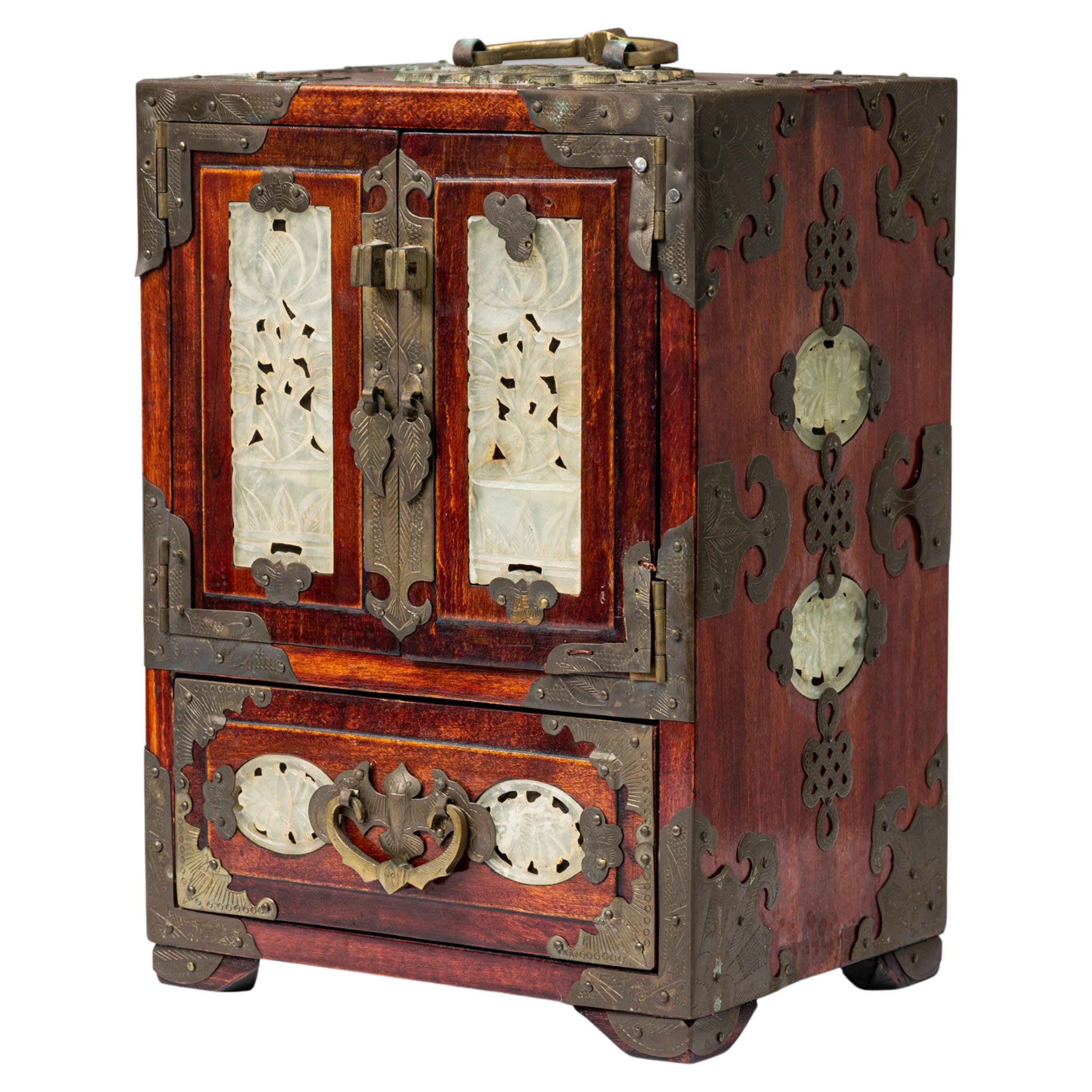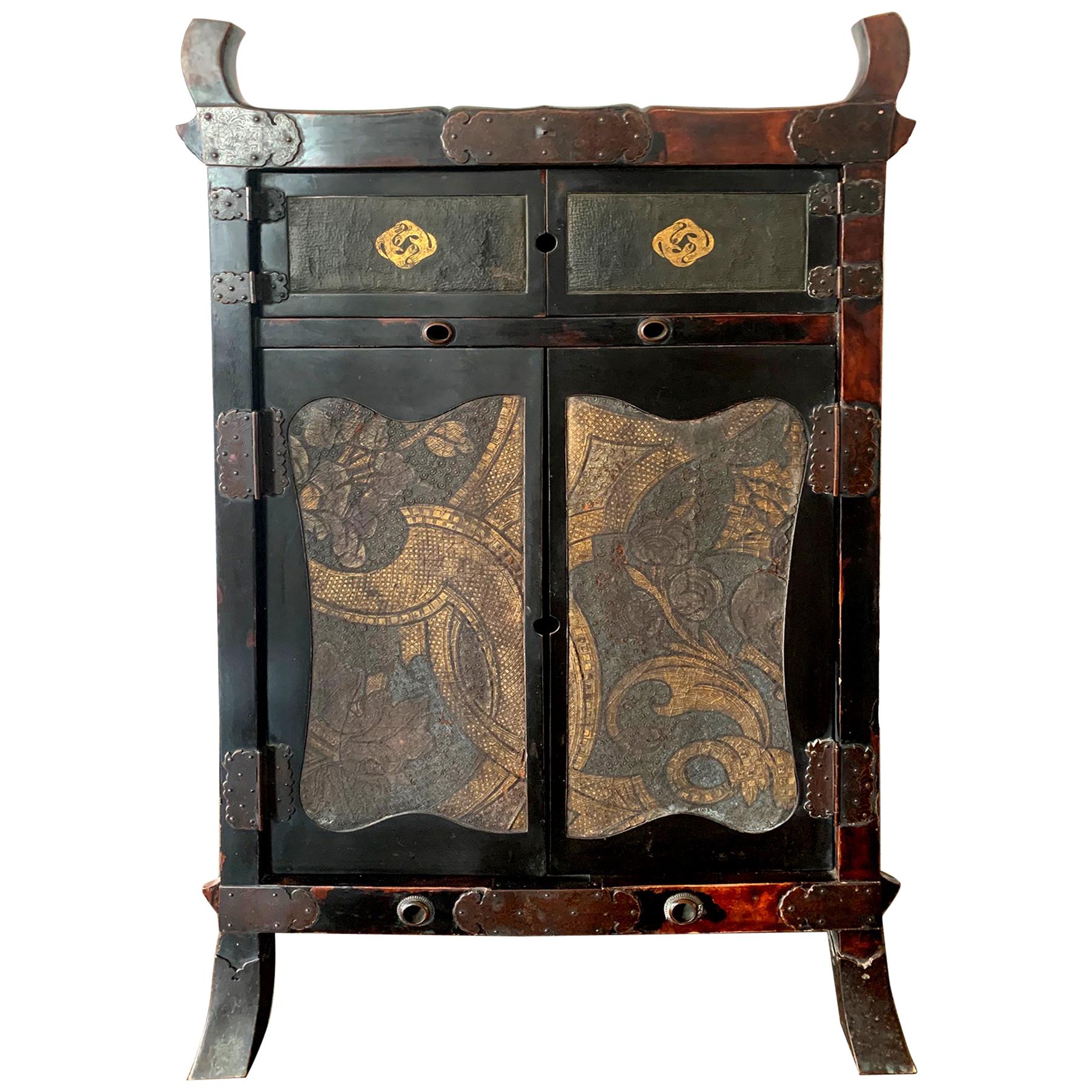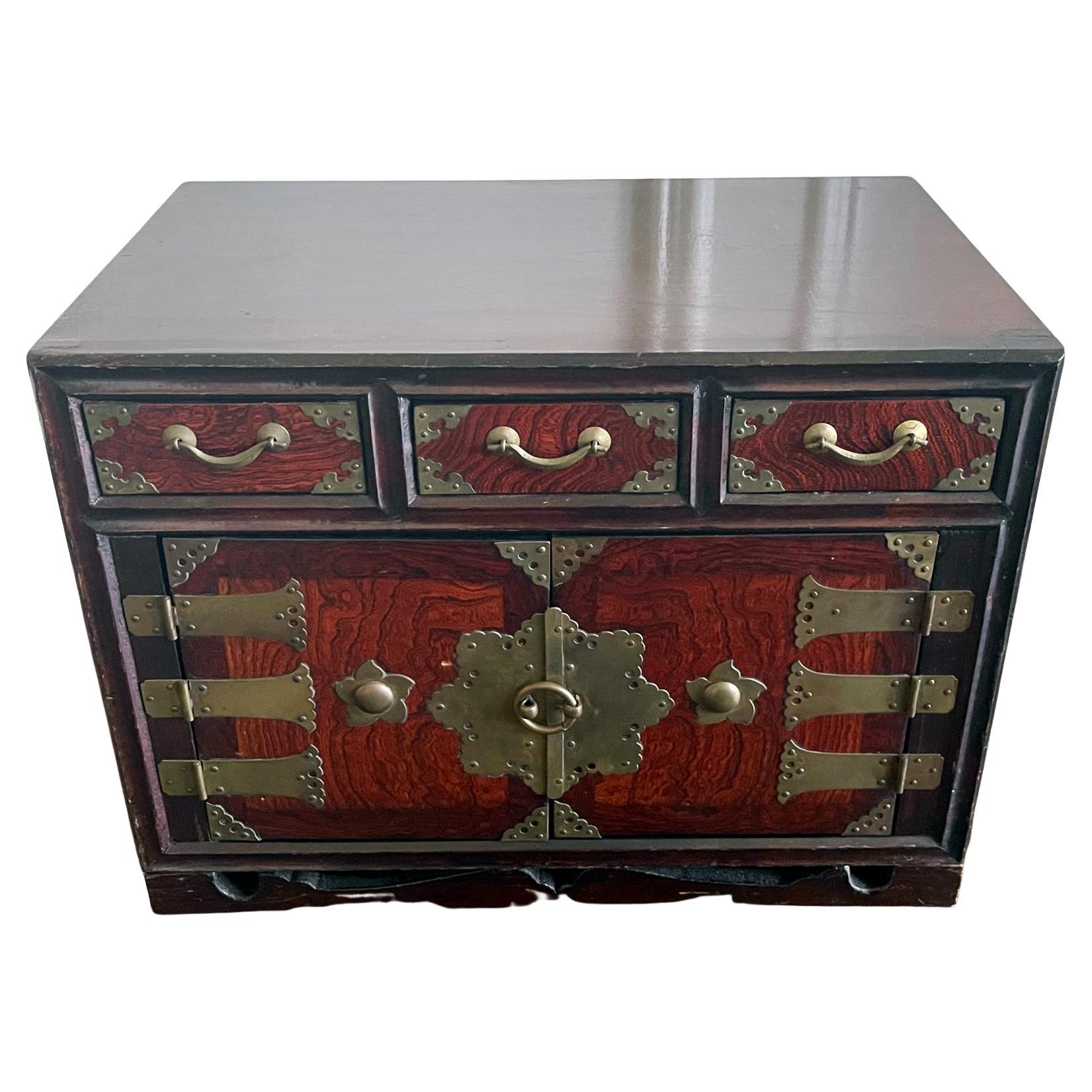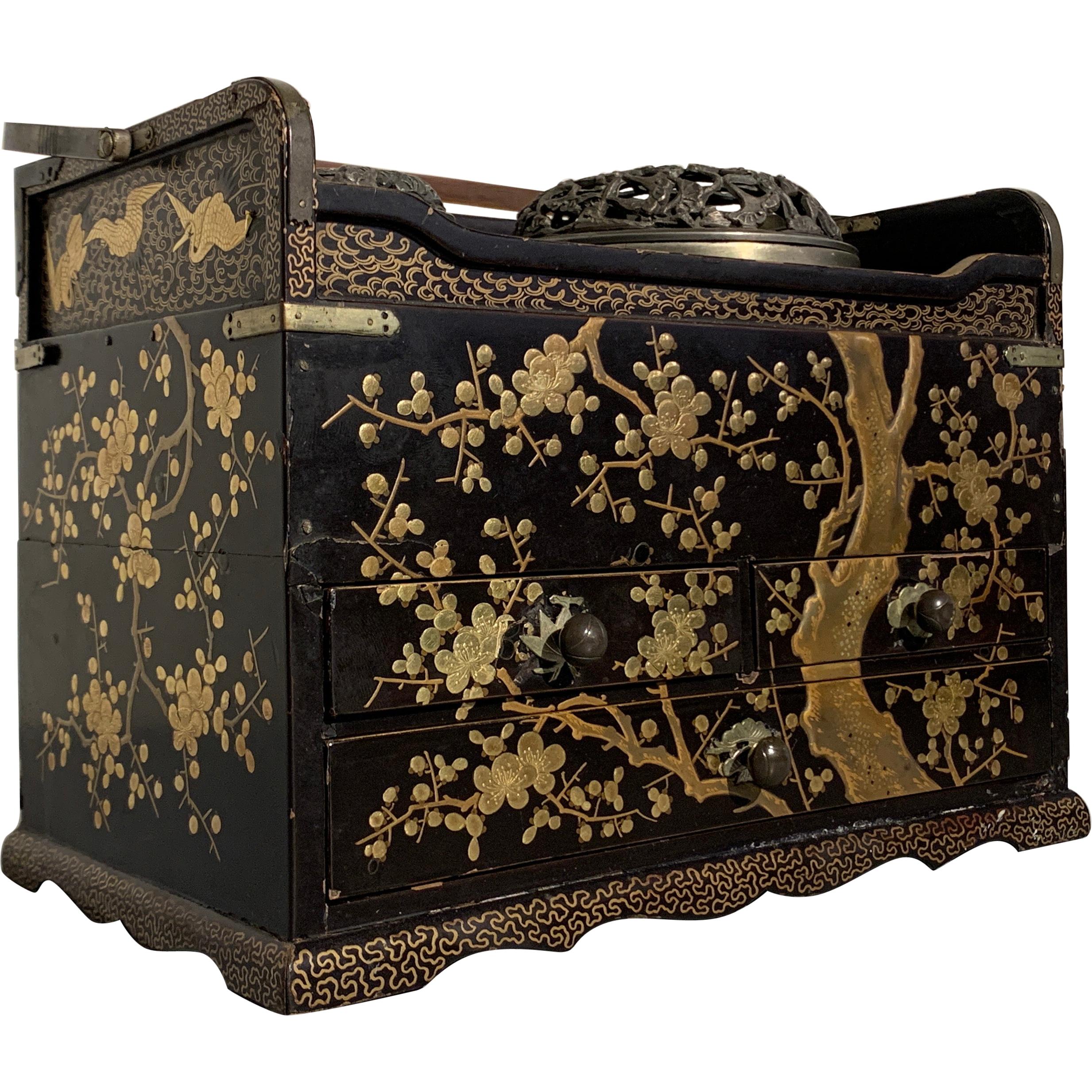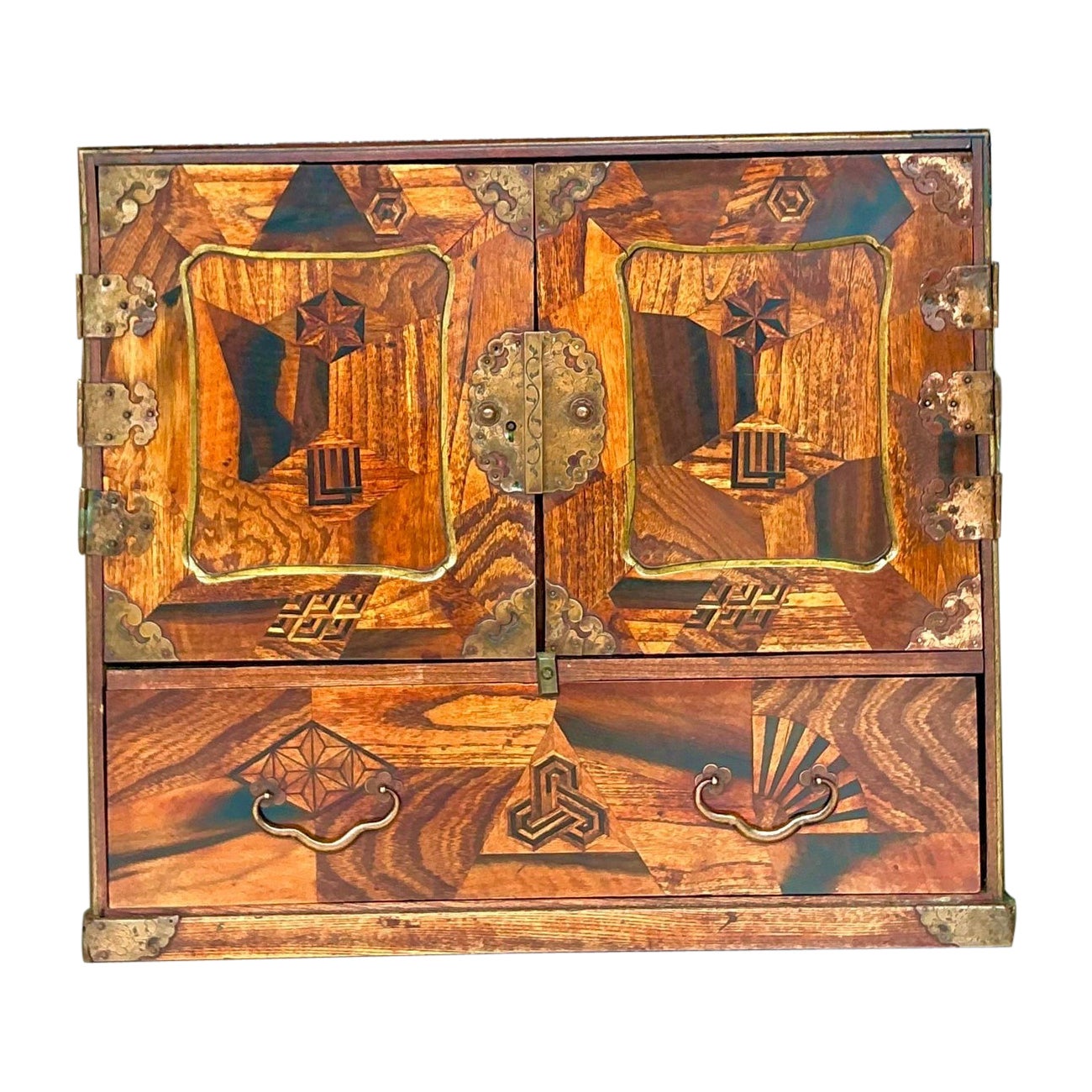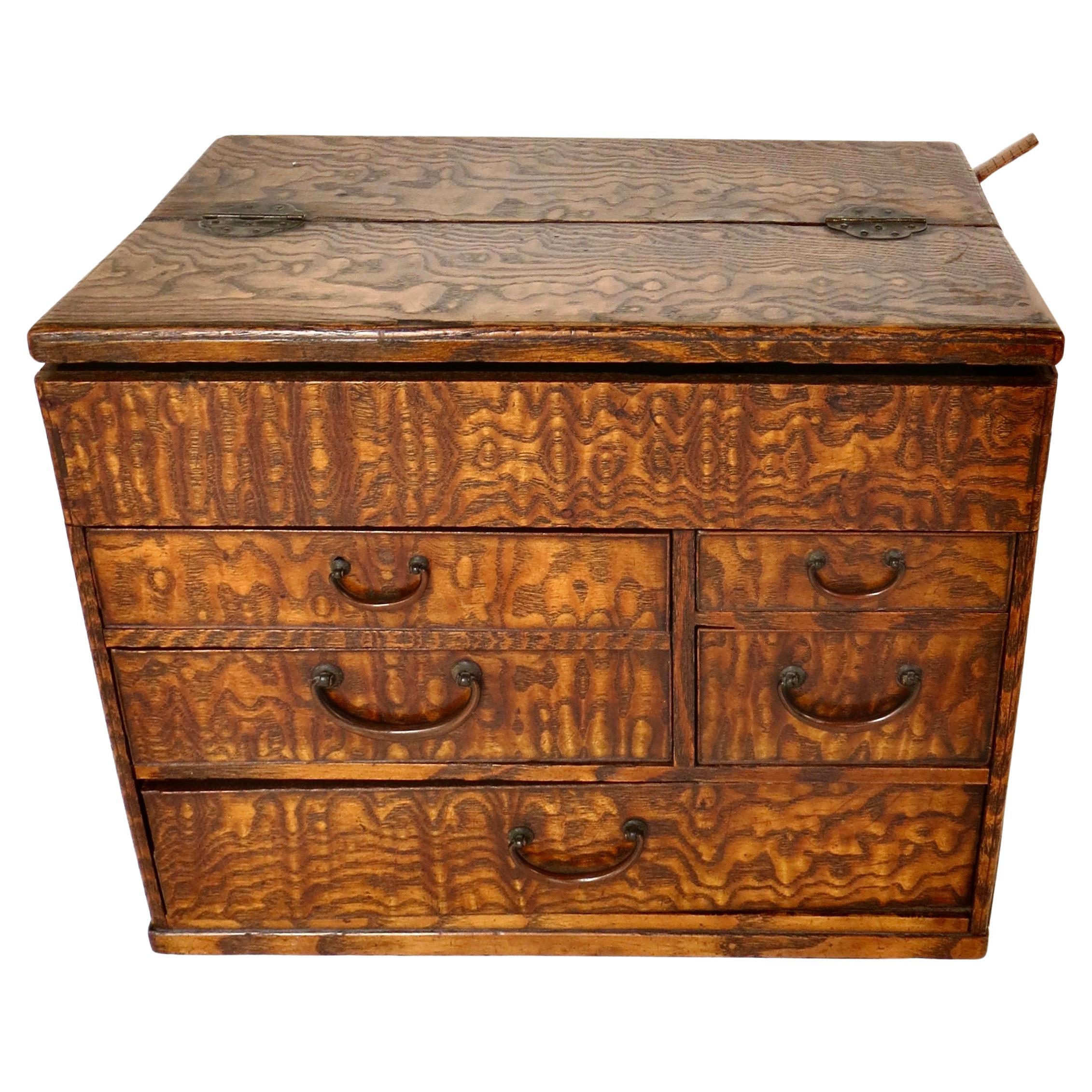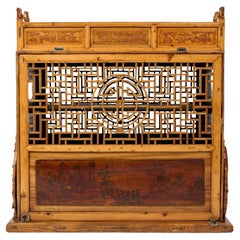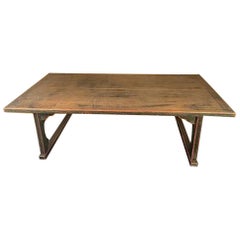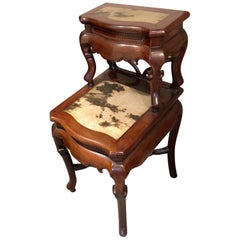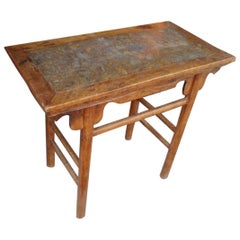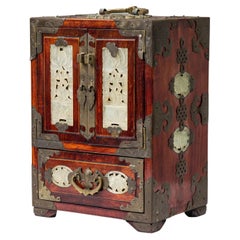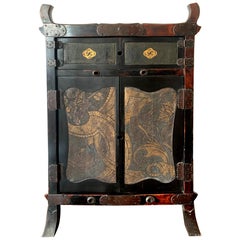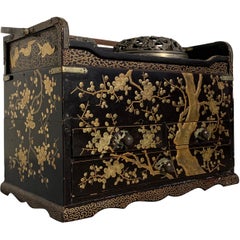Items Similar to Japanese Rare Antique Inlaid Smoking Tansu, Complete 1850
Video Loading
Want more images or videos?
Request additional images or videos from the seller
1 of 22
Japanese Rare Antique Inlaid Smoking Tansu, Complete 1850
$960per set
$1,850per set48% Off
£728.43per set
£1,403.74per set48% Off
€832.89per set
€1,605.05per set48% Off
CA$1,340.86per set
CA$2,583.95per set48% Off
A$1,490.85per set
A$2,873per set48% Off
CHF 778.44per set
CHF 1,500.12per set48% Off
MX$18,147.32per set
MX$34,971.39per set48% Off
NOK 9,932.57per set
NOK 19,140.90per set48% Off
SEK 9,306.35per set
SEK 17,934.11per set48% Off
DKK 6,216.01per set
DKK 11,978.77per set48% Off
Shipping
Retrieving quote...The 1stDibs Promise:
Authenticity Guarantee,
Money-Back Guarantee,
24-Hour Cancellation
About the Item
The first we have seen
A spectacular and hard to find Inlaid mother of pearly - using the raden technique- and lacquered three-drawer Tansu complete with all original bronze accoutrement including a fine engraved antique long pipe and two removable covered bronze cylinders all executed by expert mid-19th century Edo samurai craftsmen, circa 1850.
The drawers have their original bronze pull handles in a shape of chrysanthemum flowers. The cylinder covers have fine punched heart designs.
The lovely wood lacquer is tastefully inlaid with mother of pearl and white shell decorations using the Japanese "raden" technique.
The bronze 10.5 inch bronze pipe has special original gold gilt embellishments on its center tube.
Dimensions: 9.5 inches high to handle top and 9.5 inches wide
Raden is a Japanese decorative technique used in traditional crafts and woodwork and refers to a method of inserting a cut out part of the mother of pearl inside the shell, into the carved surface of lacquer or wood, or a craft made by using this method. The kanji for ra (螺) means 'shell' and den (鈿) means 'inlaid'. Raden is a term used only for the technique or work of inlaying thin layers of pearl shells.
Fine quality.
Lifetime guarantee of authenticity: All of our Asian works of art come with our Lifetime Authenticity Guarantee.
- Dimensions:Height: 9.5 in (24.13 cm)Width: 9.5 in (24.13 cm)Depth: 5.25 in (13.34 cm)
- Sold As:Set of 2
- Style:Edo (Of the Period)
- Materials and Techniques:
- Place of Origin:
- Period:
- Date of Manufacture:1850
- Condition:Wear consistent with age and use.
- Seller Location:South Burlington, VT
- Reference Number:1stDibs: LU1289220580732
About the Seller
5.0
Platinum Seller
Premium sellers with a 4.7+ rating and 24-hour response times
Established in 1990
1stDibs seller since 2015
2,386 sales on 1stDibs
Typical response time: <1 hour
- ShippingRetrieving quote...Shipping from: South Burlington, VT
- Return Policy
Authenticity Guarantee
In the unlikely event there’s an issue with an item’s authenticity, contact us within 1 year for a full refund. DetailsMoney-Back Guarantee
If your item is not as described, is damaged in transit, or does not arrive, contact us within 7 days for a full refund. Details24-Hour Cancellation
You have a 24-hour grace period in which to reconsider your purchase, with no questions asked.Vetted Professional Sellers
Our world-class sellers must adhere to strict standards for service and quality, maintaining the integrity of our listings.Price-Match Guarantee
If you find that a seller listed the same item for a lower price elsewhere, we’ll match it.Trusted Global Delivery
Our best-in-class carrier network provides specialized shipping options worldwide, including custom delivery.More From This Seller
View AllChinese Antique Carved "Long Life" Wedding Marriage Chest, 19thc.
Located in South Burlington, VT
A long life wedding marriage chest
In Chinese Mandaran, the symbol "Shou" a Chinese character ,signifies longevity and may frequently be found as decoration. it is this character...
Category
Antique Late 19th Century Chinese Qing Furniture
Materials
Brass
$2,400 Sale Price
50% Off
Japanese Antique Lacquered Writing Table, Signed
Located in South Burlington, VT
Japan antique handmade, hand carved temple low writing table finished in red and black lacquer - signed.
A beautiful simple master work from an old private Japanese collection. Cr...
Category
Early 20th Century Japanese Taisho Sculptures and Carvings
Materials
Wood
$680 Sale Price
54% Off
Chinese Vintage "Tree & Bird" Dream Stone Two Tier Table
Located in South Burlington, VT
Found on our latest trip to Japan
A fine Chinese old vintage hard wood "Tree & Bird" Dream stone bi-level hardwood table dating to the early to mid-20th ...
Category
20th Century Chinese Qing Furniture
Materials
Hardwood
$1,560 Sale Price
68% Off
Chinese Fine Antique Hardwood Wine Table With Rare Inset Pudding Stone
Located in South Burlington, VT
China rare antique stone inlaid wine table, middle Qing dynasty (1644-1911), 18th/19th century.
Elm wood (Humu) with original pudding stone inlay.
All ...
Category
Antique 19th Century Chinese Qing Sculptures and Carvings
Materials
Stone
$1,440 Sale Price
73% Off
China Fine Antique Chair With Dream Stones And Mother Pearl Inlay
Located in South Burlington, VT
Finest Quality Dreamstone Inlaid Chair
China- an extraordinary prolifically crafted example of an antique hand carved hardwood chair inlaid with multiple natural dream stone "paintings" plus "butterfly and mother of pearl" inlays in its hardwood arms and seat, late 19th century.
This type of old Chinese furniture art form with marble inlay is centuries of years old dating as far back as the Ming dynasty (1368-1644).
Fine round and rectangular dream stones depicting mountains and the natural outdoor scenery are inlaid in the seat, back and interior sides of this fine furniture example. Thin marble inlaid stone "paintings" are approximately 1/4" thick and are cut from a large slab of rough material revealing incredible patterns in soft white and gray colors. The hardwood (elmwood) frame is tenon joined. The natural stone "paintings" were hand especially for fine export chairs as in this example.
Chair dimensions:
Height 38.75 inches
Width 25.75 inches
Depth 19 inches
Period : late Qing period, 19th century
Provenance: Private American Chinese collection
Reference: Dreaming of Dreamstones China’s Extraordinary Natural Stone Paintings, Schneible Fine Arts. Dreaming of Dreamstones – World’s first comprehensive English text publication covers China’s extraordinary natural Stone Paintings, by author and dream stone lecturer Douglas Schneible, 35 pages, softcover, ISBN 978-0-578. See photos.
We have been dealing in authentic Chinese natural stone paintings...
Category
Antique Late 19th Century Chinese Qing Paintings and Screens
Materials
Marble
$3,840 Sale Price
68% Off
Joan Busquets Workshop Masterpiece Modernist Nouveau Desk Cabinet, ca. 1898
Located in South Burlington, VT
From Spain's Catalan Modernist Furniture Maker Joan Busquets Studio & Workshop
A Unique work of Cabinetry Art.
JOAN BUSQUETS I (Barcelona, 1874-1949). Modernist Cabinet and Desk, ca. 1898.
Modernist desk and cabinet finely crafted from walnut wood with golden polychrome and pyrography. Keyholes, handles and decorative appliques in golden brass. Signed on the front in the lower left corner of the right door.
Dimensions: 66 inches high and 46 inches wide and 24 inches deep; 165cm x 116cm x 60 cm
This remarkable and unique Catalan modernist cabinet designed by famed furniture designer and maker, Joan Busquets was crafted at Studio Busquets. Barcelona, Spai ca 1898 from walnut wood with fine polychrome gold and decorated with pyrography- the first time in European history that saw this craftsmanship combination of fine studio furniture with fine pyrographic artistic technique. The keyholes, handles and decorative fixtures are made of gilded brass. This Catalan Modernist cabinet was constructed into two (2) sections. The lower cut-out base support section is raised on four stylized legs, with a perpendicularly placed table top- all creatively imagined in a totally sinuous form providing dynamism and originality to this unique design. The upper desk cabinet section has a triple opening, two with hinged doors, one from top to bottom that opens as a desk and the other from left to right revealing two drawers, as well as a top slide out drawer. The interior features several drawers of different sizes all beautifully embellished on their fronts in a golden color pyrography. The entire body of this cabinet desk furniture is richly decorated with typically art nouveau modernist stylized vegetal motifs executed with the artist Busquet's personal pyrography technique, and finally framed with sinuous moldings in relief.
This is a superb furniture cabinet within the Catalan modernism genre, given that it was produced by one of the best studio workshops of that time, as well as for the perfection and meticulousness with which each of its details have been executed by artrist designer Busquet.
Busquets' workshop was known to have crafted most of the furniture for Antoni Gaudí Casa Calvet, with this being a prime example.
About Studio Busquet
In 1898 Busquets y Jané introduced for the first time a new technique of polychrome pyrography. This replaced classical marquetry hand craft traditionally applied to furniure of the 19th century. This new design technique was first applied to this cabinet and dates circa 1898. The artist, designer, and decorator Joan Busquets personally hand applied pyrography to his furniture designs and was actively involved in this pyrographic technique widely known of that period as the "Busquets style".
About La Casa Busquets:
Furniture designer and decorator, Joan Busquets is currently considered one of the most representative artists of Spain's Catalan modernism. He began his training in his family workshop, and then studied at the Escuela de La Llotja in Barcelona, where his teachers were Guitart and Lostaló. In the 1895-96 academic year he obtained a scholarship that allowed him to travel around Spain, which he obtained thanks to a project for a Renaissance-style bookcase-cabinet. He exhibited furniture projects for the first time at the Barcelona Exhibition...
Category
Antique 19th Century Spanish Arts and Crafts Cabinets
Materials
Wood, Walnut
You May Also Like
Chinese Mid-Century Inlaid Metal 4-Drawer Jewelry Box / Cabinet
Located in Queens, NY
Chinese Mid-Century small rectangular hardwood box / cabinet features 2 hinged swing doors both carved and inlaid with faux white jade above a bottom drawer with incised metal scroll...
Category
Mid-20th Century Chinese Chinese Export Decorative Boxes
Materials
Fabric
Rare Japanese Traveling Cabinet Oi Edo Period
Located in Atlanta, GA
Served as a traveling cabinet as well as a shrine and carried like a backpack for the Buddhist priests and monks during long pilgrimage, this rare chest is known as Oi Japanese. In China the carrier case is known as Ji, traditionally used by the traveling scholars or monks in the ancient time to carry their belongings such as books, clothes, and stationary. The piece on offer here is of Japanese origin and dated to Edo period (circa 17-18th century), possibly older to 16th century of Momoyama or Muromachi period. It was likely reserved for the use of a high-rank priest to carry the Buddhism scripts based on its luxurious high quality. The wood frame takes the shape of a pagoda with carved bamboo design that features upturned corner cornices...
Category
Antique 18th Century Japanese Edo Scholar's Objects
Materials
Silk, Bamboo, Wood, Lacquer, Paper
Small Korean Cabinet with Drawers Gakkesuri Joseon Dynasty
Located in Atlanta, GA
A small Korean mixed wood cabinet dated to Joseon Dynasty circa 19th century. The cabinet was used to keep valuables such as jewelries and money, often placed on the bed functioning ...
Category
Antique 19th Century Korean Other Furniture
Materials
Wood
Japanese Lacquer Smoking Box, Tabako Bon, Edo Period, 19th Century
Located in Austin, TX
A very fine Japanese maki-e lacquer decorated tabako bon, or smoking box, late Edo Period, mid-19th century, Japan.
The elegant smoking box of black lacquer decorated with a wonderful gold lacquer takamaki-e design of a gnarled and elegantly twisted plum tree with branches in full bloom. A border of golden cranes in flight to the top.
The smoking box, called a tabako bon, is comprised of an open section at the top with inset with two cylindrical metal canisters...
Category
Antique Mid-19th Century Japanese Edo Lacquer
Materials
Lacquer
Vintage Asian Marquetry Tansu Table Cabinet
Located in West Palm Beach, FL
This exquisite vintage Asian marquetry Tansu table cabinet is a masterful blend of craftsmanship and functionality. The intricate marquetry inlays form stunning geometric patterns, b...
Category
Early 20th Century Japanese Chinoiserie Cabinets
Materials
Brass
Japanese Miniature Tansu Work or Sewing Chest (Haribako) Taisho Era Circa 1920
Located in Incline Village, NV
Circa 1920 (Taisho period) this Japanese sewing work box is made of highly figured mulberry wood and of the most beautiful grain and fine quality workm...
Category
Vintage 1920s Japanese Taisho Antiquities
Materials
Elm
More Ways To Browse
Engraved Shell
Inlaid Flower
Japanese Samurai Art
Japanese Gilt Wood
Japanese Carved Flower
Tansu Furniture
White Lacquer Asian
Japanese Tansu Furniture
Japanese Tansu
Japanese Tansus
Antique Tansu
Japanese Shell Art
Antique Japanese Tansu
Antique Smoking Pipe
Carved Mother Of Pearl Shell
19th Century Tansu
Japanese Mother Of Pearl Art
Antique Carved Pearl Shell
